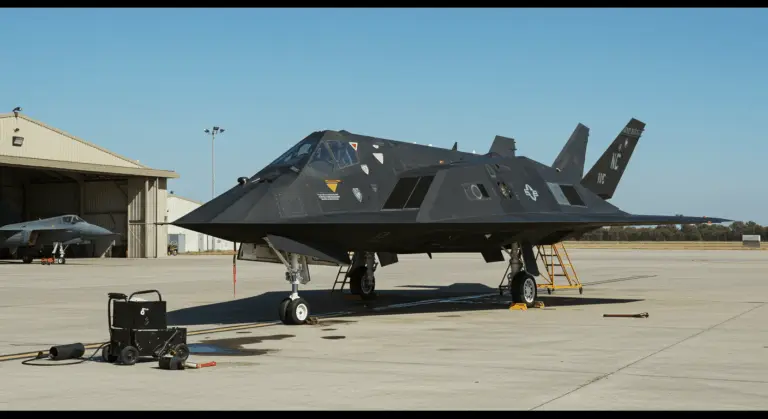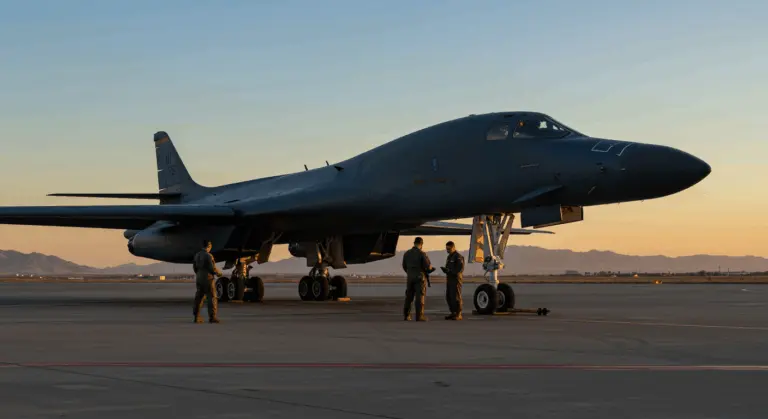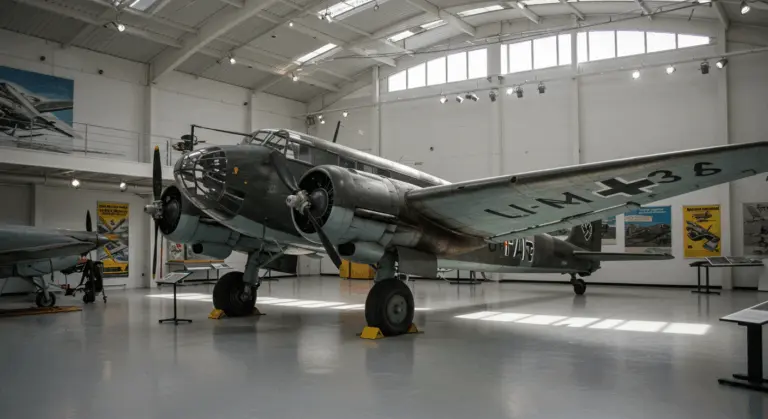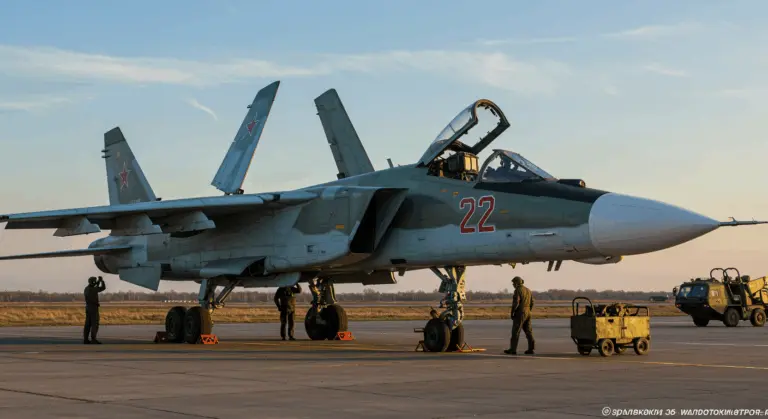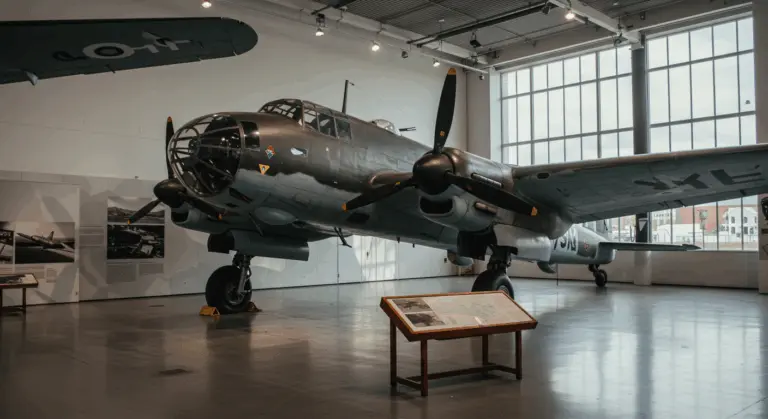Overview of the B-17 Flying Fortress
The Boeing B-17 Flying Fortress stands as one of the most iconic aircraft in military aviation history. Developed in the 1930s for the United States Army Air Corps (USAAC), this four-engined heavy bomber achieved legendary status during World War II through its remarkable durability and devastating firepower. The B-17 earned its fearsome nickname “Flying Fortress” due to its bristling defensive armament and remarkable ability to limp home despite absorbing punishing battle damage.
Conceived as a strategic bomber, the B-17 became synonymous with the audacious daylight bombing campaign over Europe. Its well-deserved reputation for delivering crews safely home—even when riddled with holes and missing engines—transformed it into an enduring symbol of American military prowess.
The most prolific variant, the B-17G, boasted enhanced defensive capabilities that made it America’s premier heavy bomber. These aircraft spearheaded long-range daylight missions deep into Nazi-occupied Europe.
Development and Design of the B-17
The B-17’s genesis traces back to Boeing’s bold entry into a 1934 Army Air Corps competition for a multi-engine bomber. Boeing’s prototype, designated Model 299, took to the skies on July 28, 1935, immediately captivating military observers with its potential.
The design philosophy behind the B-17 was revolutionary: create a strategic bomber capable of precision daylight bombing—a radical departure from the era’s prevailing night bombing doctrine designed to evade fighter interception. Boeing’s engineers believed that a heavily armed bomber, flying in tight formation with its brethren, could provide mutual protection while accurately striking strategic targets deep within enemy territory. No fighter escort required.
Key design features of the B-17 included:
-
A high-wing structure with four radial engines.
-
An all-metal aluminum construction that balanced strength with weight.
-
A pressurized cabin for high-altitude operations.
-
An evolving defensive armament, culminating in the B-17G’s formidable array of thirteen .50-caliber machine guns.
Throughout World War II, the B-17 demonstrated exceptional effectiveness. It dropped more bombs than any other American aircraft during the conflict—a testament to both its reliability and the courage of its crews.
Key Variants of the B-17
The B-17 Flying Fortress evolved significantly throughout its production life, with each variant introducing crucial improvements in performance, defensive capabilities, and operational effectiveness. The initial production models—the B-17B, C, and D—saw limited production. These early models primarily served as training platforms and tactical development tools, featuring modest defensive armament and lacking many features that would later define the aircraft’s legendary status.
The B-17E introduced the first major redesign. It introduced the distinctive large vertical tail surface that dramatically improved stability and control. This variant also featured significantly enhanced defensive armament, including a tail gunner position that finally addressed a critical vulnerability plaguing earlier models. The B-17F continued this refinement trajectory with improved engines, a redesigned nose, and additional armament enhancements.
The definitive B-17G represented the pinnacle of the bomber’s development—8,680 aircraft rolled off production lines. Its most significant innovation was A chin turret bristling with two .50-caliber machine guns, specifically designed to counter devastating frontal attacks from German fighters. With thirteen machine guns creating an overlapping sphere of defensive fire, the B-17G truly embodied its “Flying Fortress” moniker.
Beyond the primary combat models, several specialized versions were developed:
-
Reconnaissance Models: Replaced bomb loads with camera equipment.
-
Transport Variants: Featured modified interiors for cargo or personnel.
-
Post-War Conversions: Included models with extended fuselages, tricycle landing gear, and even turboprop engines for civilian use.
-
Military Derivatives: The C-45, AT-7, and AT-11 served in training and transport roles.
Operational History of the B-17
The B-17 Flying Fortress became the backbone of the United States Army Air Forces’ strategic bombing campaign in Europe during World War II. Beginning with the Eighth Air Force’s inaugural bombing mission against railroad yards at Rouen, France in August 1942, B-17s gradually expanded their operations deep into Nazi-controlled territory. The aircraft became synonymous with the controversial daylight precision bombing doctrine—a strategy aimed at systematically destroying German industrial, military, and transportation infrastructure while theoretically minimizing civilian casualties.
Flying in tight combat box formations that maximized mutual defensive firepower, B-17 crews faced relentless opposition from Luftwaffe fighters and deadly flak from ground-based anti-aircraft batteries. Missions to heavily defended targets deep within Germany—such as ball bearing factories in Schweinfurt and oil refineries in Ploesti—resulted in staggering losses but steadily weakened German industrial capacity. The infamous “Black Thursday” raid on October 14, 1943, witnessed 60 B-17s lost out of 291 dispatched. This devastating 20% loss rate clearly demonstrated the desperate need for long-range fighter escorts.
Beyond the European theater, B-17s served in the Pacific, Mediterranean, and North African campaigns, though in smaller numbers. The aircraft’s high-altitude capabilities and heavy defensive armament proved less critical in these theaters, where Japanese fighters lacked the devastating heavy armament of their German counterparts. Nevertheless, B-17s conducted highly effective bombing campaigns against Japanese shipping, airfields, and fortified island positions.
After World War II, the B-17’s combat role was superseded by newer designs like the revolutionary B-29 Super fortress. However, it continued serving in specialized roles—reconnaissance, air-sea rescue, and drone control—until the late 1950s. This extended service cemented its place in aviation history as an enduring symbol of American air power and resilience.
B-17 Missions and Tactics
The fundamental mission of the B-17 Flying Fortress appeared simple but proved highly effective: transport and drop high explosives over enemy targets with surgical precision, causing strategic damage to Axis military capabilities. To accomplish this mission while minimizing catastrophic losses, the USAAF developed sophisticated tactics that evolved continuously throughout the war, adapting to enemy countermeasures and hard-won operational experience.
The cornerstone of B-17 tactics was the combat box formation—a carefully orchestrated arrangement of aircraft designed to maximize concentrated defensive firepower. Typically, comprising 18-21 aircraft arranged in three squadrons, the combat box created overlapping fields of fire that deterred fighter attacks while maintaining reasonably accurate bombing capability. Multiple combat boxes would form a bomber stream stretching for miles across the sky, saturating enemy defenses with concentrated force.
Mission planning required careful attention to detail. Routes were carefully plotted to avoid known flak concentrations whenever possible. Bombing altitudes typically ranged from 25,000 to 30,000 feet—a delicate balance between precision requirements and crew survival. The introduction of the revolutionary Borden bomb sight enabled increasingly accurate bombing, particularly when operated by experienced bombardiers under ideal conditions.
As the war progressed, German fighters developed increasingly lethal tactics against B-17 formations. Initial frontal attacks took advantage of the limited forward firepower of early models, leading to the addition of the chin turret in the B-17G. German pilots also employed rocket launchers, 20mm cannons, and even heavier 30mm weapons specifically engineered to destroy bombers from beyond the effective range of the B-17’s .50-caliber machine guns. The introduction of the Me 262 jet fighter in 1944 presented a particularly menacing threat due to its superior speed advantage.
The situation changed dramatically with the introduction of long-range fighter escorts, particularly the legendary P-51 Mustang. These fighters could accompany bombers all the way to targets deep in Germany’s heartland, engaging enemy interceptors before they could attack the bomber formations. This effective combination—heavily armed bombers in formation with aggressive fighter escorts—eventually secured Allied air superiority over Europe. The strategic bombing campaign could finally achieve its objectives, despite the horrific cost in aircraft and crews.
B-17 in Popular Culture
The B-17 has been prominently featured in Hollywood films that capture the raw courage and sacrifice of its crews:
Literature has similarly celebrated the Flying Fortress through numerous memoirs, historical accounts, and novels detailing the harrowing experiences of those who flew and fought in these aircraft. Works like “The Mighty Eighth” by Roger Freeman have thoroughly documented the aircraft’s operational history, while personal accounts from veterans have preserved the deeply human stories behind the cold statistics of bombing campaigns.
The digital age has introduced the B-17 to entirely new audiences through video games and flight simulations. “B-17 Flying Fortress: World War II Bombers in Action,” released by MicroProse in 1992, allowed players to experience firsthand the nerve-wracking challenges of flying combat missions with the Eighth Air Force. Modern flight simulators continue featuring the B-17 as a playable aircraft, enabling enthusiasts to virtually pilot this historic bomber.
As a cultural icon, the B-17 has grown beyond its original purpose as a weapon of war to become a powerful symbol of American industrial might, technological innovation, and the extraordinary courage of young airmen who flew into hostile skies mission after perilous mission. Museum displays, air shows featuring the precious few remaining airworthy examples, and countless scale models ensure that the distinctive silhouette of the Flying Fortress remains instantly recognizable—even to those with minimal knowledge of military aviation history. This enduring cultural legacy ensures that the B-17’s pivotal contribution to victory in World War II continues to be remembered and honored decades after its retirement from military service.
Surviving B-17 Aircraft and Museums
Of the 12,731 B-17 Flying Fortresses produced for combat during World War II, only about 40 complete airframes survive today. This scarcity demonstrates to both the aircraft’s extensive wartime use and the widespread scrapping of military aircraft in the immediate post-war period. These surviving examples represent a precious, tangible connection to the aircraft’s storied history and the brave crews who flew them into harm’s way.
Even rarer are airworthy B-17s—fewer than a dozen currently maintained in flying condition worldwide. These rare aircraft, including “Aluminum Overcast” operated by the Experimental Aircraft Association and “Texas Raiders” maintained by the Commemorative Air Force, regularly grace air shows across the United States. They provide spectators with an impressive view of the bomber in its element and occasionally provide flight experiences to those willing to pay handsomely for this unique opportunity.
Notable static displays of B-17s are found in museums across the world, including:
-
National Museum of the U.S. Air Force (Dayton, Ohio): Houses the B-17G “Shoo Shoo Shoo Baby.”
-
The Museum of Flight (Seattle, Washington): Displays the B-17F “Boeing Bee.”
-
Mighty Eighth Air Force Museum (Savannah, Georgia): Features the B-17G “City of Savannah.”
-
Imperial War Museum (Dunford, England): Home to a restored B-17G.
-
Pima Air & Space Museum (Tucson, Arizona)
-
Evergreen Aviation & Space Museum (McMinnville, Oregon)
These surviving aircraft serve as powerful, silent memorials to the thousands of airmen who lost their lives in combat. Each preserved B-17 stands as a lasting tribute to both its remarkable engineering and the immense courage of its crews.
Specifications of the B-17G
| Category | Specification | Details |
|—|—|—|
| Performance | Engines | 4 × Wright R-1820-97 “Cyclone” radial engines, 1,200 hp each |
| | Max Speed | 287 mph (462 km/h) at 25,000 ft |
| | Service Ceiling | 35,600 ft (10,850 m) |
| | Range | 2,000 miles (3,219 km) with a 6,000 lb bomb load |
| Dimensions | Wingspan | 103 ft 9 in (31.6 m) |
| | Length | 74 ft 4 in (22.6 m) |
| | Weight | 36,135 lb (empty); 65,500 lb (max takeoff) |
| Armament | Guns | 13 × .50 caliber (12.7 mm) Browning M2 machine guns |
| | Bomb Load | Up to 8,000 lb (3,600 kg) on short-range missions |
| Crew | Complement | 10 (Pilot, Co-pilot, Navigator, Bombardier, Flight Engineer/Top Turret Gunner, Radio Operator, Ball Turret Gunner, two Waist Gunners, Tail Gunner) |
Conclusion: The Legacy of the B-17 Flying Fortress
As a cornerstone of the strategic bombing campaign, the B-17 helped significantly weaken the German war machine by targeting industrial centers, transportation networks, and military installations. General Carl Spaatz, commander of U.S. Strategic Air Forces in Europe, declared that without the B-17, the war might very well have been lost.
Beyond its tactical and strategic impact, the B-17 became a potent symbol of American industrial might. The ability to mass-produce such complex aircraft—reaching peak production of 16 B-17s per day at Boeing’s Seattle plant—demonstrated manufacturing capabilities that ultimately overwhelmed Axis production capacity. From the initial prototype to the final B-17G, the continuous improvement and adaptation of the design demonstrated American engineering skill and continuous innovation.
The human stories associated with the Flying Fortress have secured its place in collective memory. Tales of severely damaged bombers somehow bringing crews home safely. Stories of airmen performing extraordinary acts of courage under withering fire. Accounts of the psychological resilience required to fly mission after harrowing mission into hostile skies—these have become integral parts of aviation lore. The average age of B-17 crewmen—many just 19 or 20 years old—adds profound poignancy to these accounts of courage under the most extreme conditions imaginable.
Today, the B-17’s legacy endures through surviving aircraft, museum exhibits, films, and meticulously preserved historical records. As one of World War II’s most iconic aircraft, the Flying Fortress remains a powerful testament to a pivotal era in history. More importantly, it honors the extraordinary courage of the young crews who flew it into dangerous enemy territory, mission after dangerous mission.

